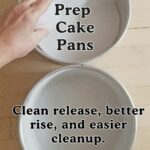Your Guide to Prepping Cake Pans
A well-prepped pan helps your cake bake evenly, release cleanly, and rise to its full potential. Over the years of baking professionally, I’ve refined a method for prepping most cake pans that’s simpler than the traditional “butter and flour the pan” instruction you see in many recipes. My method works beautifully for most butter cakes and sponge cakes, especially when baked in standard round or square pans.
I encourage you to try it. You may find it makes both baking and cleanup much easier.
However, some specific recipes (especially angel food or chiffon cakes) require different preparation. When that’s the case, I’ll note it clearly below.
These same pan preparation methods apply to Bundt pans, sheet pans, brownie pans, and loaf pans. The specific differences for each pan type are explained below.
Table of contents
Round & Square Cake Pans

In more than 10 years of owning a custom cake business, I never buttered or floured a cake pan. That might sound surprising, but truly, I didn’t.
Whether I’m baking a butter cake or a sponge cake, I prepare the pan the same way:
- Line the bottom of the pan with parchment paper.
- Do not grease or spray the sides.
- Avoid non-stick cake pans if you can.
Why this works:
When the batter clings to the ungreased sides of the pan, it can climb as it bakes. This helps the cake rise taller and bake with a more even texture.
To remove the cake:
Run a small spatula or paring knife around the sides of the pan, then lift the cake out. The parchment ensures the bottom releases cleanly.
If you don’t have parchment:
Butter and flour only the bottom of the pan, not the sides.
You’ll see the difference in the side-by-side photo:
The cake baked with parchment only rises higher than the cake baked in a greased-and-floured pan.
As a bonus, pans without grease or flour are much easier to clean.
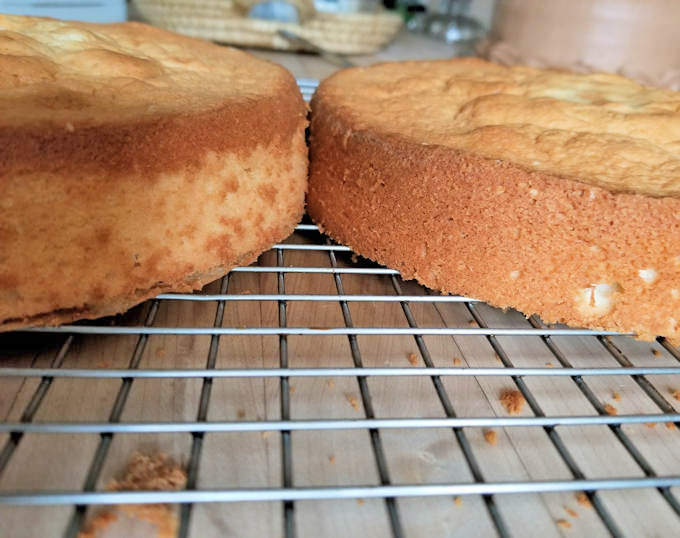
Half/Quarter Sheet Pans
For cakes, slab pies and bar cookies, line the pan with parchment paper. You’ll get clean edges and the baked item will lift out easily.
For cookies, I prefer parchment over silicone baking mats. Parchment promotes better control over cookie spread as the dough bakes. Silicone mats tend to encourage cookies to spread more, which can lead to thinner, flatter cookies. Parchment helps maintain structure and thickness.
Tube Pans (Angel Food & Chiffon)

Angel Food and Chiffon cakes must be baked in an ungreased tube pan. The batter needs to stick to the sides and center tube so the cake can climb as it rises.
Once the cake comes out of the oven:
- Flip the pan upside down to cool.
- The pan supports the cake as it sets. These cakes are too delicate to stand on their own when warm.
Never use a non-stick pan for these cakes.
If you’re baking a pound cake in a tube pan instead:
Grease and flour the pan as usual since pound cakes do not need to cling.
See the comparison photo:
The cake cooled upside down in the pan is significantly taller than the one released while still warm.
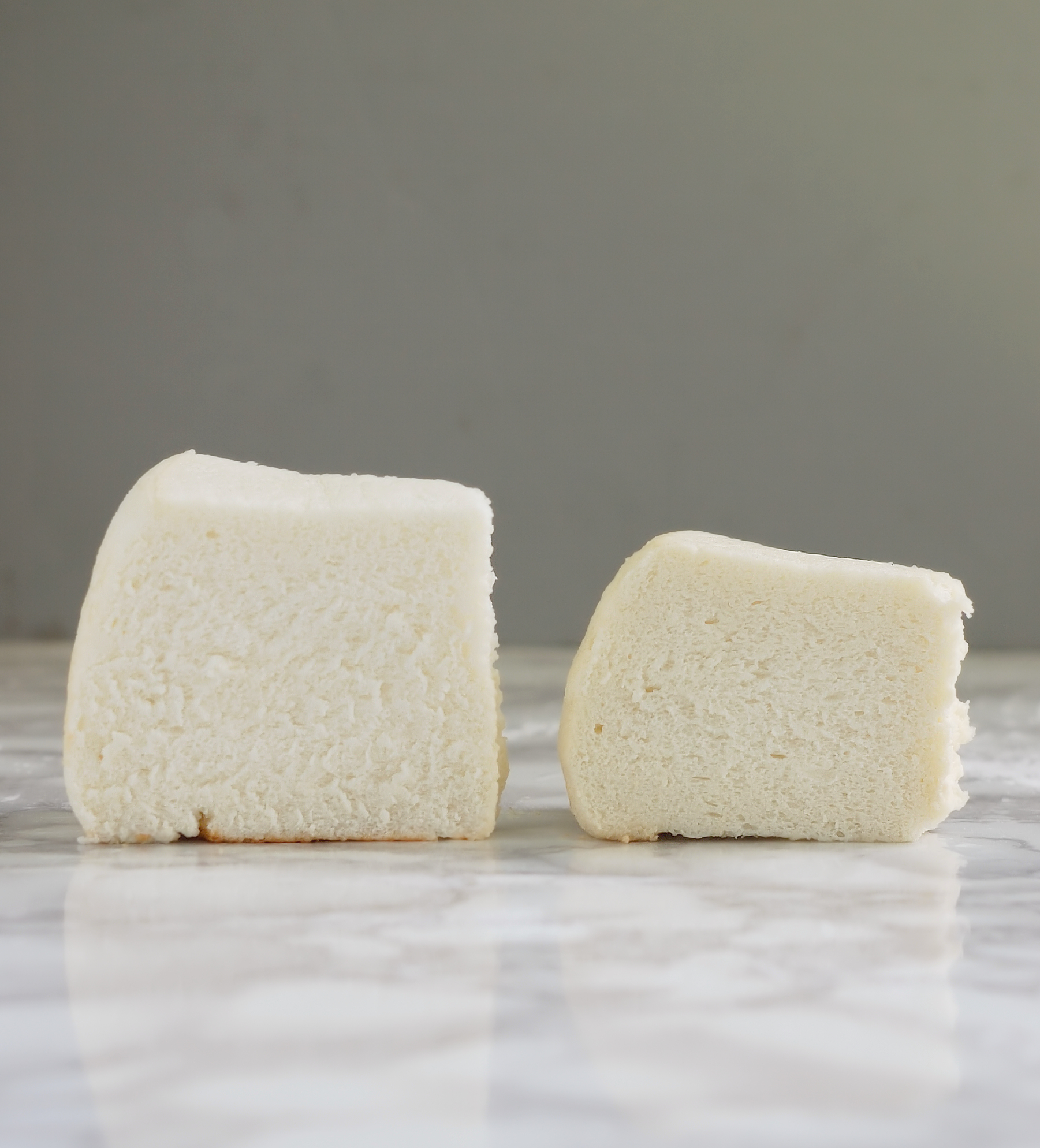
Bundt Pans
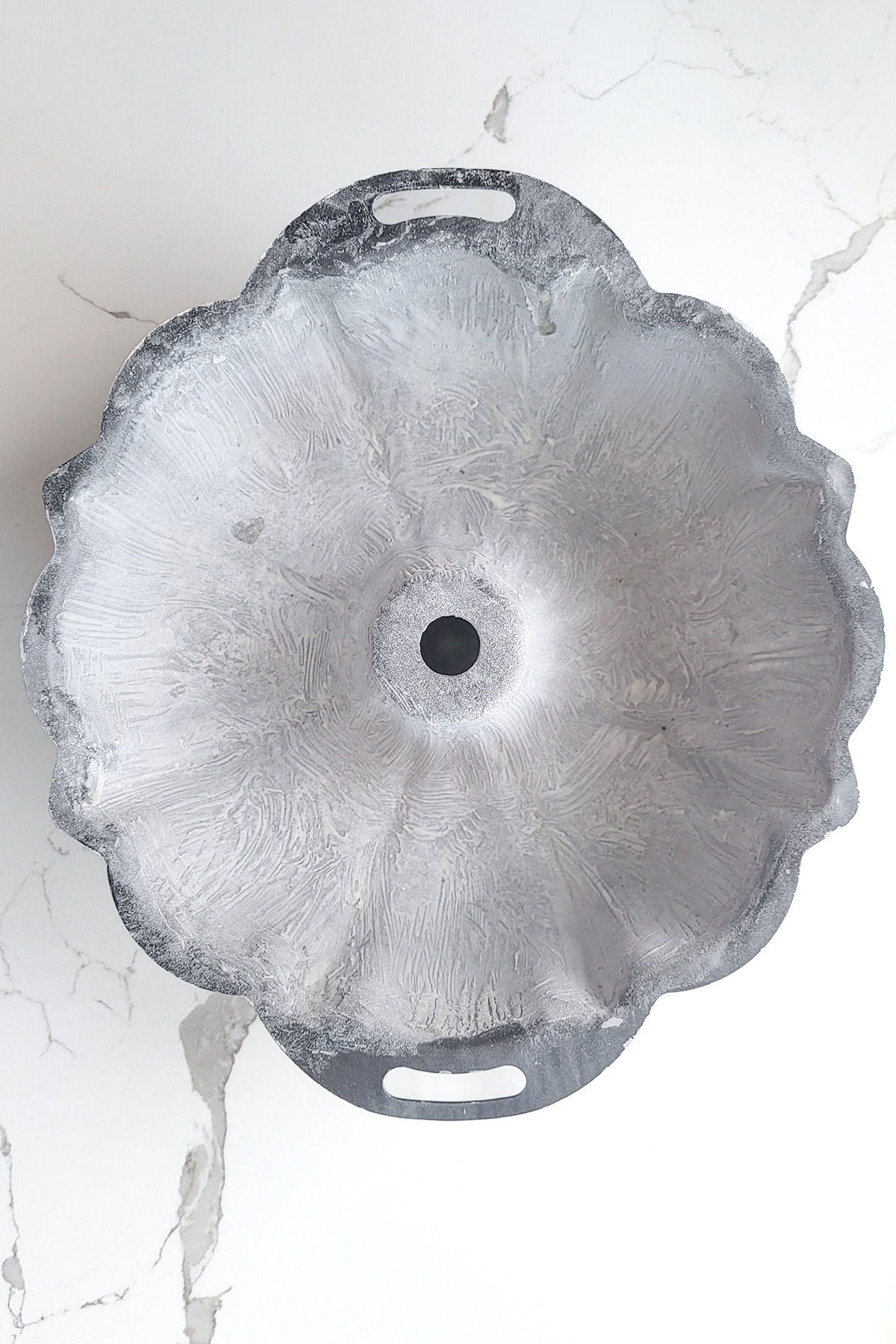
Bundt pans need thorough greasing and flouring because of their intricate shapes.
Make sure every surface, especially around the center tube, is well coated.
Pan spray or melted butter works well; follow with a light dusting of flour.
Brownie Pans
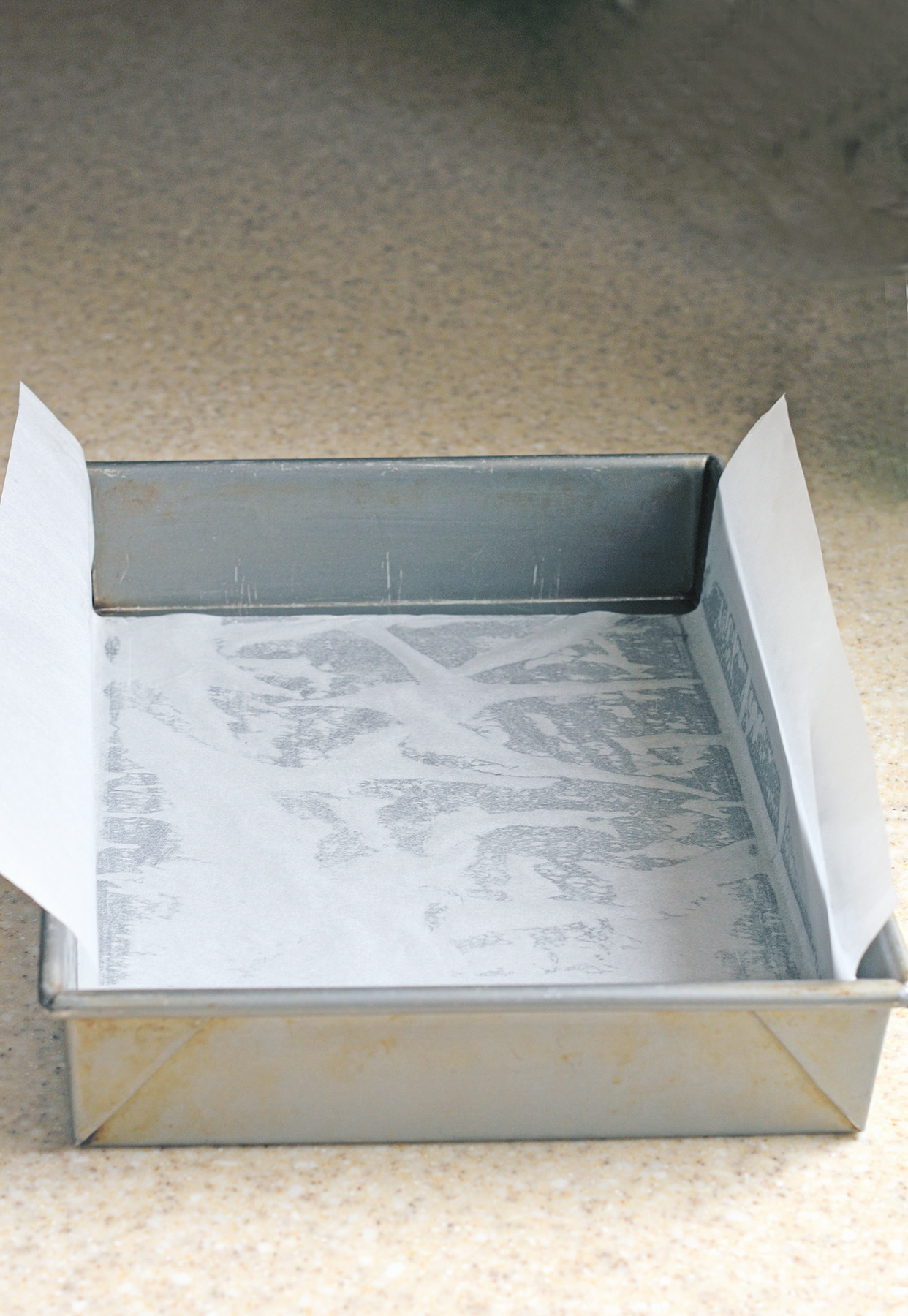
Butter the pan and line it with parchment, leaving some overhang as a sling.
This prevents sticking and makes it easy to lift the whole slab out for cutting.
You can cut the brownies on the parchment, then remove the paper when transferring to your serving plate or storage container.
Loaf Pans
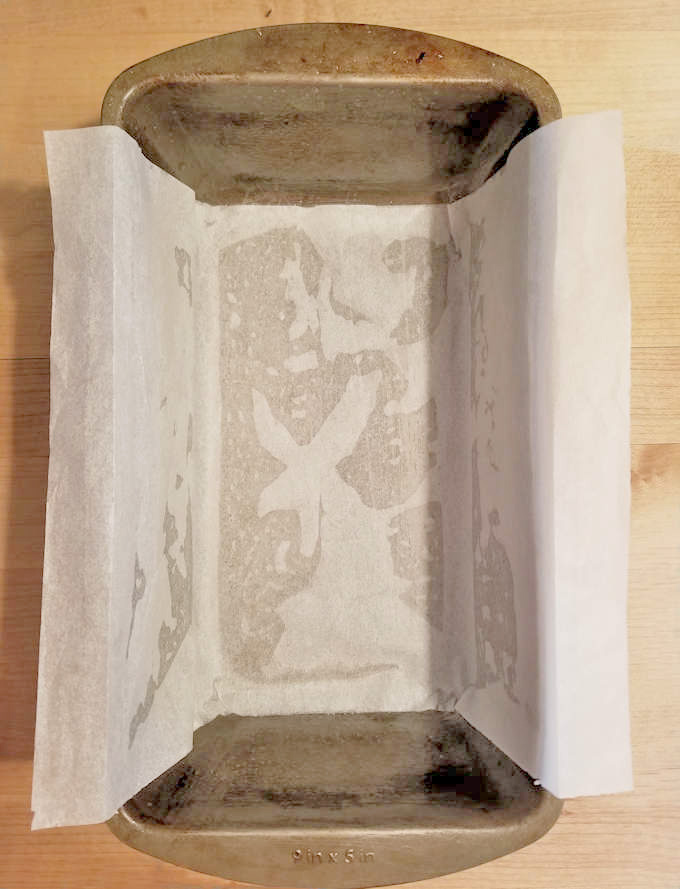
Yeast breads: Usually no pan prep is needed — follow the recipe.
Quick breads & loaf cakes: Butter the pan and line it in one direction with parchment to create a sling. This makes lifting the finished loaf out clean and simple.
Springform Pan
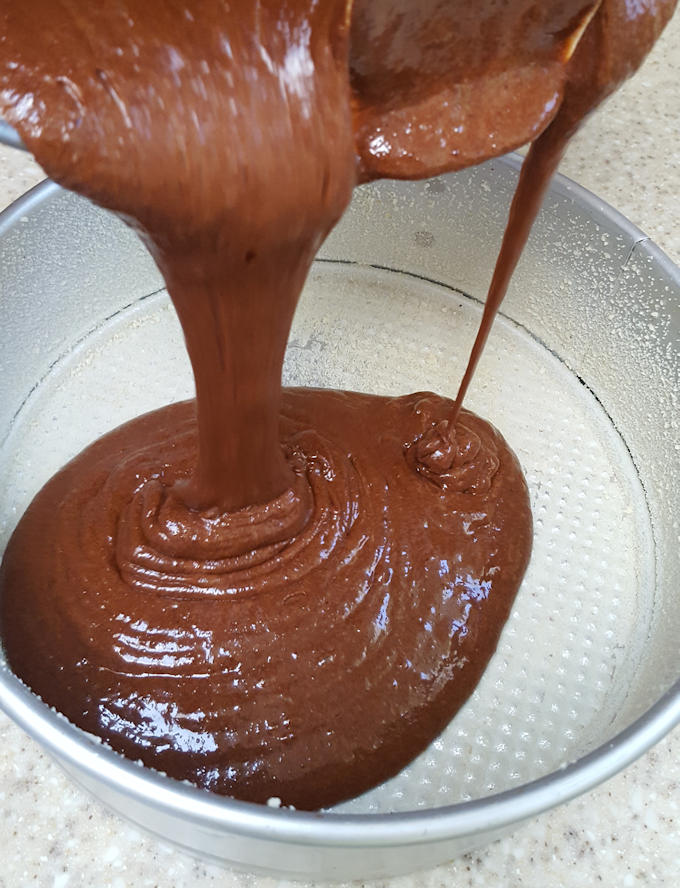
Prep varies depending on the recipe:
- For most cakes, line the bottom with parchment to help release the base.
- For flourless cakes, I prefer to butter the pan and coat it with sugar — it creates a thin, crisp crust.
Because springform pans are used for many different types of cakes, always check the recipe’s guidance.

